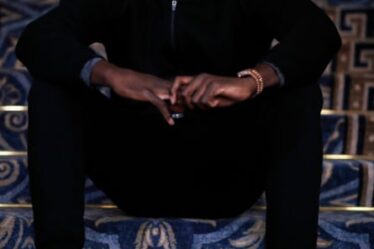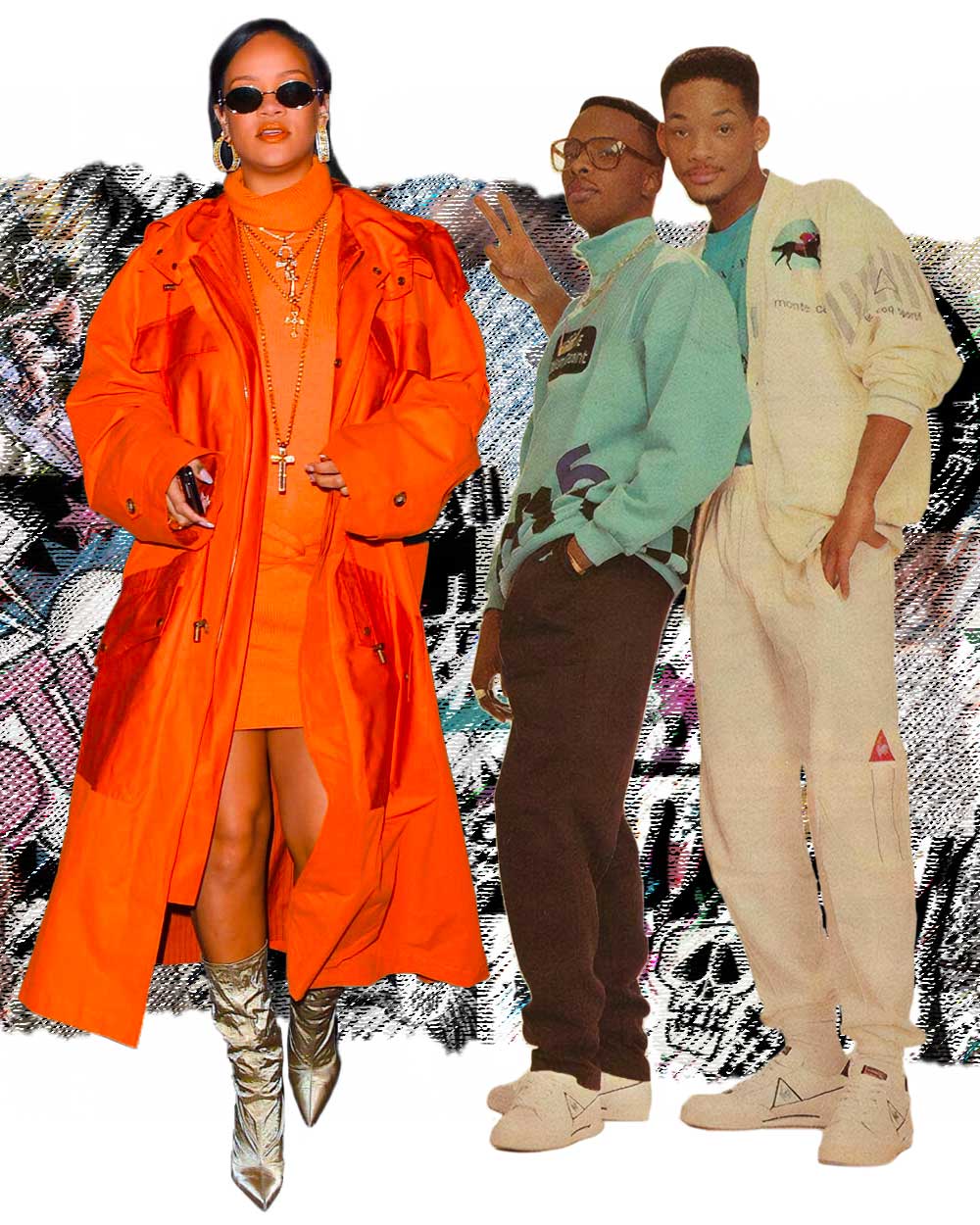
Streetwear style originated in New York City in the late 1970s early 1980s as a style combining elements of hip-hop fashion with Californian surf apparel.
With the help of rappers like Jay-Z, Snoop Dog, and Biggie and athletes like Michael Jordan, the laid-back athletic-inspired streetwear style began to gain global traction.
Nowadays, streetwear encapsulates elements of sportswear, punk, skateboarding, and Japanese street fashion.
In recent years, we’ve seen streetwear styles influenced and influencing high-end and haute-couture fashion.
Streetwear is also the fastest-growing fashion segment, estimated at 334 billion dollars in 2021 by the Business of Fashion.
In this article, we’ll detail the definition of streetwear, style origin, what comprises a streetwear style, popular streetwear brands, and how to dress streetwear without breaking your bank account.
What Is Streetwear Style?
The definition of streetwear is deceptively simple; the fashion industry defines streetwear as popular culture-inspired fashionable casual clothing worn by young fashionistas belonging to a particular subculture group (hip-hop fans, skaters, surfers) and living in urban areas.
And, given that the concept of subculture is highly subjective, with a wide range of influences from sports, music, haute couture, fast fashion, and K-Pop, it isn’t easy to pinpoint what qualifies as streetwear style.
Moreover, the streetwear customer base is equally diverse, spanning every economic and social status and covering the world’s biggest cities.
As such, streetwear is more than overpriced casual clothing logo t-shirts, oversized hoodies, and cool sneakers.
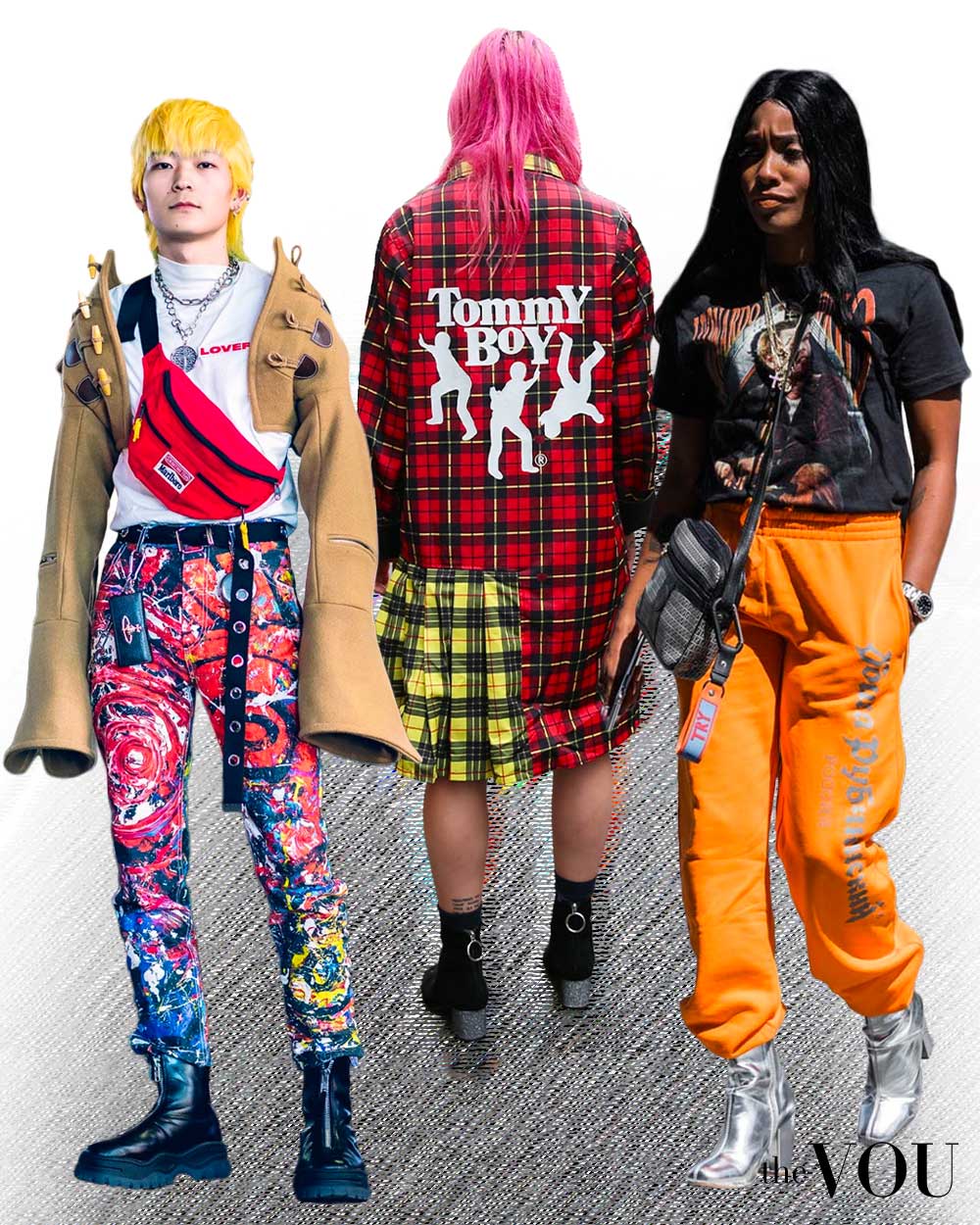
What is Considered Streetwear?
While streetwear styles are unique, depending on each person’s type, location matters a lot.
For example, London’s streetwear culture is slightly different than Tokyo’s or New York’s fashion trends.
Nevertheless, despite the minor stylistic differences, there’s no right or wrong way to wear streetwear.
Style your clothes in a way that feels authentic to you, and remember that at its core, streetwear aesthetic is about mixing comfort and practicality with self-expression.
Your streetwear fashion choices must, first and foremost, communicate who you are and what you value.

Who Started Streetwear?
Pinpointing the first streetwear designer or fashionista is an impossible task.
Yet, there are a few key streetwear pioneers worth mentioning:
James Jebbia – founder and owner of streetwear brand Supreme.
Shawn Stussy – founder and owner of California streetwear label Stussy.
Dapper Dan – a luxury streetwear designer from Harlem known for his excellent street-style apparel for hip-hop artists and influential people of color.
Hiroshi Fujiwara – the godfather of Ura-Harajuku fashion and globally recognized streetwear designer.
“Talking about streetwear origins, what we call street fashion now has evolved from skateboarding, but the current streetwear is different, more like a sneaker culture” – Hiroshi Fujiwara
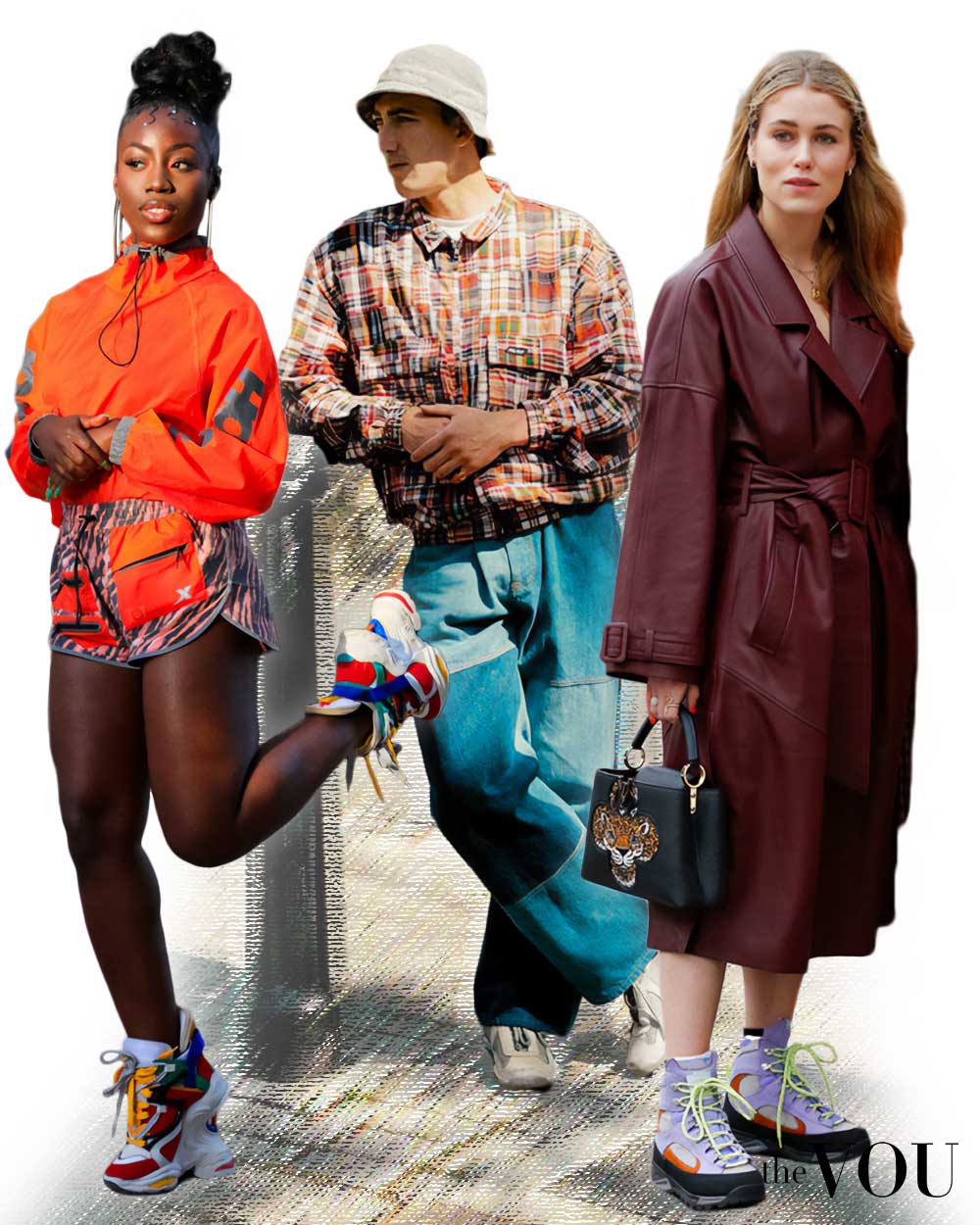
Different Types of Streetwear
Four main categories can define popular streetwear brands and styles:
- Original Streetwear
- Sportswear-inclined Streetwear
- High-end and Luxury Streetwear
- Novel Streetwear
Each streetwear category has a different aesthetic and style, and below, we’ll break down the best streetwear names in each category.
1. Original Streetwear
Original streetwear brands are the makers of the trend and the early entrants.
Known as the O.G.’s of streetwear style, some of the most popular brands in this category are Supreme, Stussy, Palace, B.A.P.E., and Kith.
With excellent history and brand recognition, these streetwear brands have medium to high price points, but their products have high resale value.
Known for releasing small batches and limited editions, these streetwear labels create scarcity and high demand.
2. Sportswear-inclined Streetwear
Streetwear and sportswear operate on a common stylistic ground.
That’s because sportswear brands are the foundation of modern streetwear.
In recent years, many athleticwear names have started collaborations with celebrities and influencers, expanding beyond sports-related performance apparel into streetwear.
3. High-end & Luxury Streetwear
Luxury streetwear brands are traditional high-end fashion houses launching their lines or collaborating with streetwear designers to create new brands.
Relatively new to the market, these high-end streetwear labels blur the lines between O.G. streetwear styles and old-school luxury couture.
Staying true to their luxury roots, these streetwear brands offer apparel at the highest price point, appealing primarily to traditional luxury shoppers.
4. Novel Streetwear
Novel streetwear brands are the latest entrants to the streetwear scene.
These more affordable streetwear brands do not have experience in streetwear but decided to hop on the trend as it is financially lucrative.
Some of these brands are new entrants, while most are fast-fashion retailers that replicate high-end luxury streetwear.

Streetwear & Luxury Fashion
In fact, the impact of streetwear fashion is so powerful that the traditional fashion model has to adapt to survive.
Over the past five decades, fashion designers dictated what styles go on the runway, trend forecasters what trends will catch up and reach the stores, and fashion magazines informed buyers how to style.
Nowadays, anyone, from celebrities, musicians, actors, and high-status individuals, wears streetwear.
The digital revolution and social media empowered streetwear influencers to dictate in advance what goes on the runway, what’s trendy, and how to style.
With hundreds of millions of streetwear lovers posting, liking, sharing, and re-sharing, streetwear determines the following trends instead of the fashion elite.

As a result, streetwear has become the new status symbol.
The emergence of luxury streetwear (creations of high-end fashion houses like Gucci and Balenciaga) highlights streetwear’s complex role in the current cultural climate.
Moreover, the advent of designer brands in streetwear infused the style with symbols of social status that reflect one’s income and personal values.
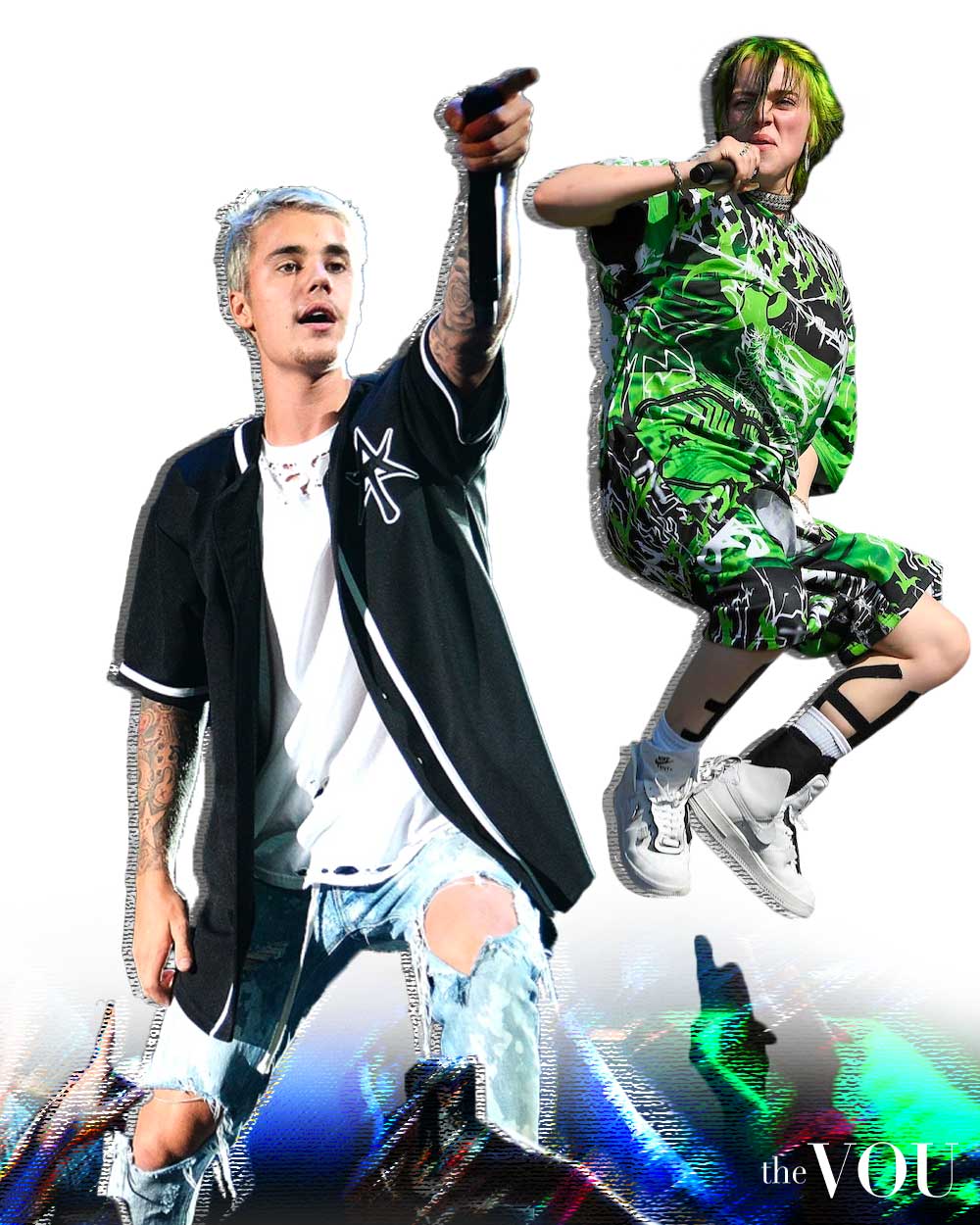
Streetwear Clothing & Pop Culture
Streetwear styles are the purest reflections of the world’s current pop-cultural landscapes.
As people who wear streetwear change, street fashion has a constantly shaping and morphing nature.
Unlike traditional and formal fashion, streetwear is highly adaptable, gender-neutral, size-inclusive, and made by and for people of all skin colors.
Historically, hip-hop music and subculture have predominantly influenced the streetwear style.
In particular, rappers in the 80s fashion and 90s fashion wore tracksuits and white sneakers, assorted with bucket hats and gold chains.
Nowadays, the street style deeply connects to pop culture and influences various music styles, such as K-Pop.
Weekly Newsletter
Keep up with the latest in fashion, beauty and style!
You have Successfully Subscribed!
Now it’s your turn…
Which streetwear brand do you see as the best and why?
Which streetwear style do you think we’ve missed and should include in our next article update?
Please leave your comments below; we always appreciate your comments and use them to learn, improve, and update these articles.


